Confidential
INSIDE VEGAS source
outs himself
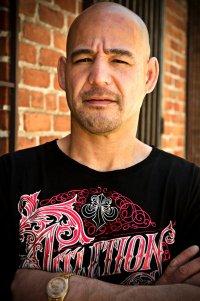 Kenny "Kenji" Gallo leaves Witness Protection,
writes a book, and names names
Kenny "Kenji" Gallo leaves Witness Protection,
writes a book, and names names
INSIDE VEGAS by Steve Miller
AmericanMafia.com
November 23, 2009
LAS VEGAS - Nevada has the strongest reporter's
shield law in the nation. According to Gannett
Media; "A journalist does not waive the protection of Nevada's
shield law by publishing information, the state's highest court has ruled.
(Diaz v. District Court, Jan. 27, 2000.) The decision, which reverses prior
Nevada law, affords journalists an absolute privilege from disclosure of
confidential and nonconfidential information and sources. It creates one
of the strongest privileges in the country."
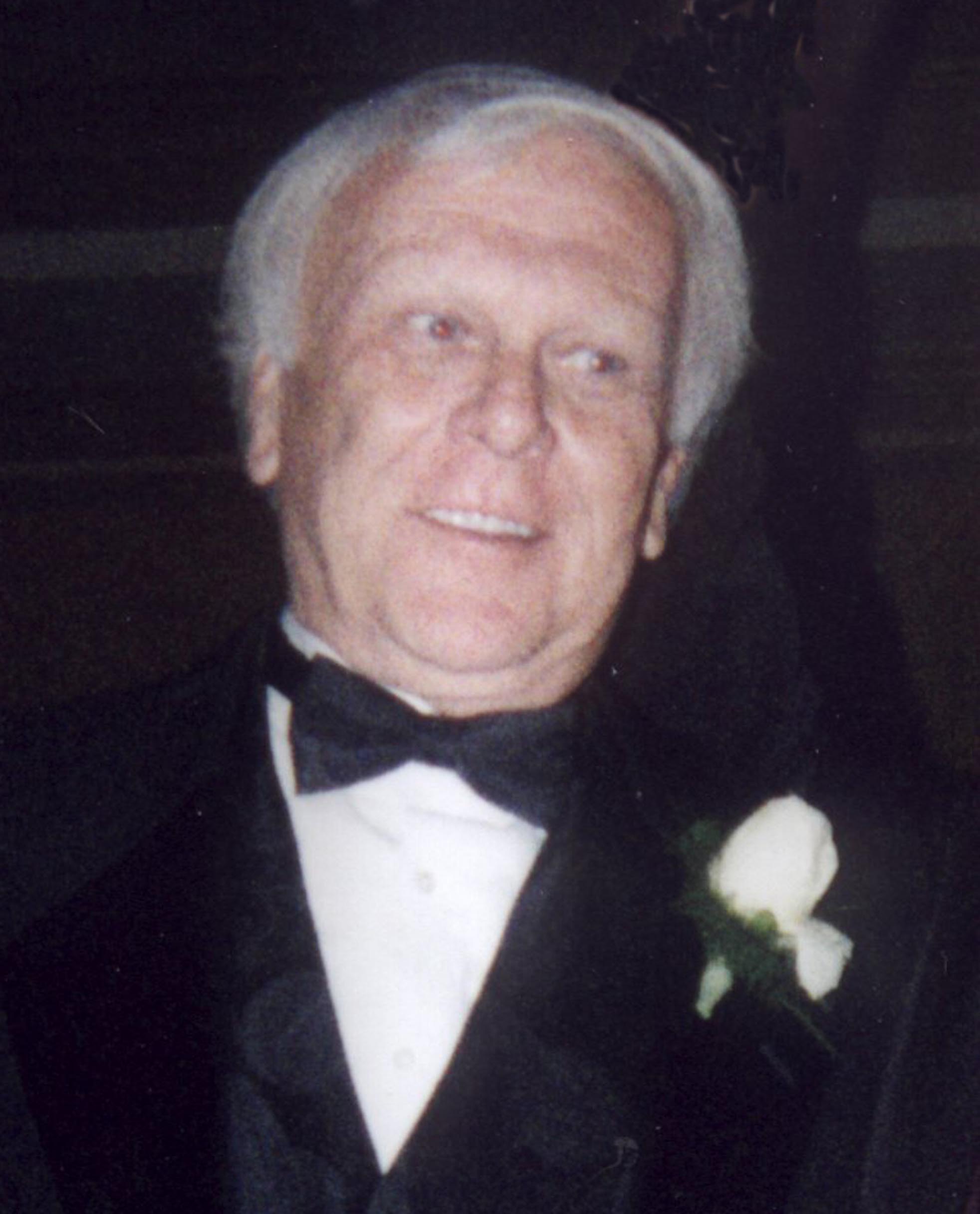 In
1999, I was offered the opportunity to become a true crime writer. Prior
to then, I had spent over 20 years as a radio talk show host.
In
1999, I was offered the opportunity to become a true crime writer. Prior
to then, I had spent over 20 years as a radio talk show host.
In my new position, I began by writing
news stories and columns on organized criminal activities happening at
the former Crazy Horse Too strip club. When my Crazy Horse stories began
appearing on the front page of the weekly Las Vegas Tribune, circulation
immediately tripled, so the paper's owner, the late John Fadgen (left),
encouraged me and other Tribune writers to investigate further and
try to uncover information about hidden ownership in the club.
In addition to being a newspaper publisher,
Mr. Fadgen was a well known criminal defense attorney. He fully understood
the workings of the criminal mind. The walls of his law office were covered
with photos and news clippings about some of his infamous clients including
Robert
Panaro, and Stephen Cino.
Fadgen told me that I had a tiger by the
tail with my Crazy Horse Too stories and columns, and he offered me the
full backing of his law firm and newspaper to encourage me to delve deeper
in the face of what he warned could be a possible threat to my safety.
Then in march 2001, Mr. Fadgen died. He
was only 62. I continued writing for the Tribune, but under
new management the weekly soon fell on hard financial times. Stories and
columns began to be edited if the writer stepped on certain toes.
In October 2001, Kansas tourist Kirk Henry
suffered a broken neck at the hands of a Crazy Horse Too manager after
he refused to pay a padded bar tab. Crazy Horse next door neighbor the
late Buffalo
Jim Barrier photographed Henry moments after his beating and rushed
the pictures to me. I wrote a front
page Tribune story that hit news stands the next morning scooping
all other local media.
Henry's beating also triggered a federal
racketeering investigation of the Crazy Horse, and several national news
stories followed. The Tribune's photos appeared on NBC News.
Unfortunately, the new Tribune management
was not paying the company's bills. Checks began to bounce, and local suppliers
put the paper on C.O.D. status. I also began to receive requests from the
new owner, ex-felon Rolando Larraz, to tone down my Crazy Horse Too stories,
though he did not dare edit my work. I became suspicious of his motivation,
ignored his requests, and continued undaunted to write my stories and columns.
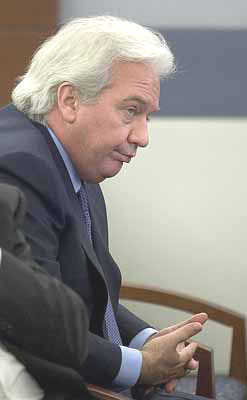 During
the next year Larraz, who referred to himself as the "Editor in Chief of
the Tribune," wrote several editorials that were apologetic to Crazy
Horse Too owner Rick
Rizzolo (left) and his cronies Fred
Doumani and Joey Cusumano.
In one he stated, "Rick Rizzolo is a productive member of our community
and has not been charged with any wrongdoing or violation of the law."
During
the next year Larraz, who referred to himself as the "Editor in Chief of
the Tribune," wrote several editorials that were apologetic to Crazy
Horse Too owner Rick
Rizzolo (left) and his cronies Fred
Doumani and Joey Cusumano.
In one he stated, "Rick Rizzolo is a productive member of our community
and has not been charged with any wrongdoing or violation of the law."
In another editorial, Larraz wrote: "Mr.
Rizzolo deserves to be treated with RESPECT and DIGNITY as is his right
as an American citizen living in the United States of America. (Mr. Larraz
is not a U.S. citizen.)
I soon learned that Larraz owed money to
several of Rizzolo's cronies. In a telephone interview with Cathy Scott
of Las
Vegas CityLife, Larraz is quoted saying: "Doumani is my friend
for 40 years. I owe him money. He's never asked for it back. He has always
been nice to me."
I authored several more Tribune
stories and columns about the Crazy Horse, Rizzolo, and Larraz' admitted
creditors.
But in his November 20, 2002 column, Larraz
had had enough. “I have asked him (Miller) to avoid attacking or writing
discriminatory articles about my friends Joey Cusumano, Fred Doumani, Oscar
Goodman, and Judge Nancy Saitta... Steve does not give me the respect
that I deserve... Steve does not want to listen to what I have to
say... I am the one and only ruler in the Las Vegas Tribune and Steve
Miller is not writing here anymore."
The afternoon of the "I am the one and
only ruler" column, Buffalo Jim Barrier called to report that Larraz had
just left his auto repair business located next to the Crazy Horse Too.
Barrier described Larraz flashing a roll of $100 bills. "He acted like
it was the most money he had ever had in his hand at one time," stated
Barrier.
Without the guidance of John Fadgen, and
with Larraz as the "ruler," the Tribune had completely lost its
credibility. I was thrilled to learn that I wasn't writing there anymore,
and gladly transferred my literary efforts to AmericanMafia.com. Shortly
thereafter, Larraz suddenly found the funds to pay his bills, and the publication
has consistently written positive articles and editorials about Rizzolo,
Doumani, and Cusumano ever since.
During my transition from print to web
based media, emails began arriving from an anonymous source who appeared
to have a wealth of information about Rizzolo and his associates. Not knowing
the name of the source, I refused to publish the information he supplied
on AmericanMafia.com, though the information I received was more than interesting.
Several weeks passed and the email sender
contacted me again asking, "Don't you believe me?" I answered that I needed
to know more about him so I could confirm his information through other
sources. He responded by sending me a dozen J-peg photos of a group of
men at a party enjoying the company of strippers. In several of the photos
was a man whose face was blacked out. I later learned that the man was
the email sender being hugged and kissed by men who I can only describe
as the cast of "Goodfellas."
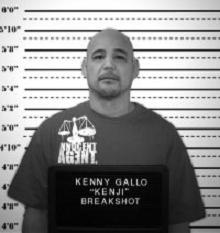 My
email writer asked me to share the photos and his emails with federal authorities.
I did, and within hours was informed that my source was a man named Kenny
Gallo (left). I was told that Gallo was a pornographer who operated out
of New York and North Hollywood, California.
My
email writer asked me to share the photos and his emails with federal authorities.
I did, and within hours was informed that my source was a man named Kenny
Gallo (left). I was told that Gallo was a pornographer who operated out
of New York and North Hollywood, California.
I asked a source in the federal government
if I could rely on the information Gallo was sending me. He said the information
Gallo had already sent was reliable. I began to cautiously publish some
of the information Gallo supplied -- information I could independently
verify through other sources, and wrote back to him by name to thank him
and confirm I had researched who he was. I also warned him to not try to
lead me astray, or I would shut him off as confidential source. He agreed,
and for the next three years supplied me with hundreds of leads, names,
photos, story ideas, and information only a Mafia insider would know.
All his information later proved to be
completely accurate.
On February 20, 2003, the Crazy Horse Too
was raided
by the FBI, and bugs were planted thoughout the Rizzolo empire. The feds
coined "Operation
Crazy Horse" as the title of the investigation. From those bugs,
the FBI learned from Rizzolo of competitive strip club operator Mike Galardi's
criminal activities. Based on leads developed from listening to Rizzolo's
phone conversations, Galardi would later be convicted of bribing Las Vegas
and San Diego politicians. The investigation of Galardi's business was
given the code name "Operation
G-Sting."
During "G-Sting," Galardi was interviewed
by the FBI. In the interview, he accused a local judge of being
"taken
care of" by Rizzolo. (More on that later.)
According to Kenny Gallo and other sources,
Rizzolo actually did blame me for most of his troubles. He even unsuccessfully
tried to sue me for libel. During the proceedings, his lawyers at Patti
& Sgro tried to force me to appear for deposition and to answer
interrogatories demanding I reveal my sources. I ignored subpoenas and
refused to appear for depositions or to answer interrogatories based on
the Nevada Shield Law, so Rizzolo's lawyers Dean Patti and Tony Sgro filed
a Motion with a local
judge they obviously had in their pocket, asking her to issue a gag
order against my writing about anything involving Rick Rizzolo or his business.
With the help of the ACLU, Nevada Press
Association, and Las Vegas Review Journal, the
gag order failed, and because the libel suit had no legal footing,
it was dismissed. However, had attorneys for the above three organizations
not appeared at the last minute in the gallery of Judge Nancy Siatta's
court room, I fully expected her to comply with Rizzolo's wishes, therefore
I refused to show up in her court for the gag order hearing, instead staying
home and intentionally writing a column for the next morning's Tribune
that would have violated any gag order she was expected to issue. I never
had the chance to publish my specially written column based on Saitta's
obvious reaction to the presence of the men who appeared in the gallery
of her court.
My hunch proved accurate when several years
later, Judge Siatta was singled out in the Los
Angeles Times story; "Las Vegas, They're Playing With a Stacked
Judicial Deck. Some judges routinely rule in cases involving friends, former
clients and business associates — and in favor of lawyers who fill their
campaign coffers."
Then, according to Judgepedia
- an interactive encyclopedia of courts and judges: "Former Las Vegas City
Councilman Steve Miller writes an article on the consistent involvement
in Rizzolo's case leads into speculating then-District Court Judge Nancy
Saitta. The fact that Judge Nancy Saitta was presiding over five concurrent
cases all involving Rick Rizzolo raised suspicion at a local weekly newspaper.
An editorial entitled "Here comes the same judge" was published, and shortly
thereafter, Judge Saitta on May 29, 2002, suddenly reassigned four of her
five Rizzolo cases to other randomly selected district court judges. However,
Judge Saitta kept the most important case, the civil wrongful death action
brought by the widow and children of Scott David Fau. Mr. Fau was found
dead behind the Crazy Horse in 1995 after being beaten by club bouncers
two hours earlier. In each of these cases, judges are selected to preside
over local cases in a random manner. As each case is presented to the court
clerk, it is supposed to be given to the next judge in chronological order.
There are 19 District Court judges. It's suspected that the court clerk
sometimes sets aside special cases that certain judges desire, and waits
until that judge's name is about to appear in numerical order, then pulls
out the set-aside case to be assigned to that judge."
Following my departure from the Tribune,
the paper refused to cover any crimes that involved the Crazy Horse Too,
Rizzolo, or his crew. It also wrote glowing editorials about Judge Saitta
who has since been elected to the Nevada Supreme Court.
Four years after I began my INSIDE VEGAS
columns, to prove the validly of my sources, sixteen Crazy Horse Too thugs
were convicted of felonies including Rizzolo. And with Rizzolo's help,
Mike Galardi was also convicted and sent to prison.
The Tribune cried foul, and claimed
all who were associated with the Crazy Horse Too were framed by corrupt
FBI agents working in collusion with Steve Miller. The "Editor in Chief"
also claimed that Steve Miller had "brainwashed" Tribune editors
including himself, and fabricated stories on its pages to injure Rizzolo.
Kenny
Gallo continued supplying me confidential information through 2005,
and I continued protecting his identity on AmericanMafia.com. Then the
emails stopped.
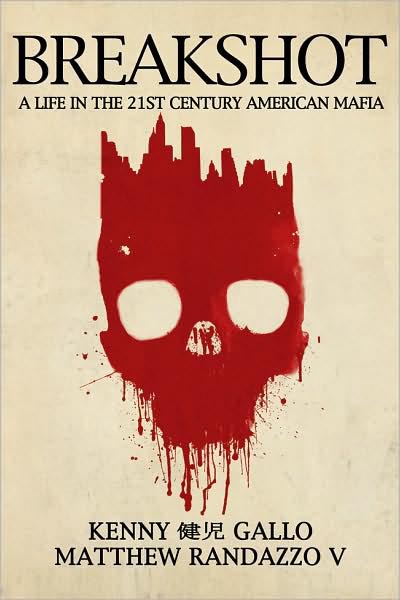 Last
summer, I received an email from Gallo announcing the release of his book
entitled "Breakshot: A Life in the
21st Century American Mafia." In his book, Gallo thanks me for my help
in exposing Vegas underworld figures.
Last
summer, I received an email from Gallo announcing the release of his book
entitled "Breakshot: A Life in the
21st Century American Mafia." In his book, Gallo thanks me for my help
in exposing Vegas underworld figures.
In October, a national TV network contacted
me to request I do an on camera interview about my heretofore confidential
source. Since he was the one to out himself, I had no hesitation to tell
my story about a confidential source who was proven to be completely accurate
during the three years we were in contact, and how his information may
have helped to squash a major Mafia crime spree in Sin City.
The hour-long prime time documentary about
Kenny "Kenji" Gallo is scheduled to air in late January.

